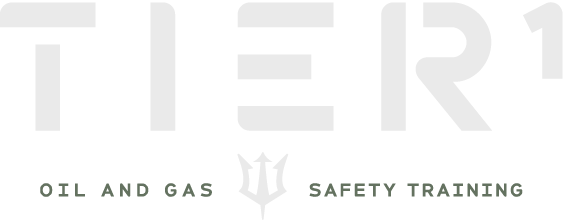Think You’re a Safe Driver? These Oil & Gas Tips Will Surprise You!
Driving safely in the oil and gas industry isn’t just about obeying traffic laws—it’s about understanding the unique hazards of industrial environments. Even the most seasoned drivers can overlook crucial safety practices, leading to accidents and injuries. Whether you’re transporting equipment or commuting to a job site, here are some tips that might surprise even the most experienced drivers.
1. Conduct a Pre-Trip Inspection Every Time
Before hitting the road, it’s essential to inspect your vehicle. Check tires, brakes, lights, and fluid levels to ensure they’re in good condition. A quick inspection can prevent breakdowns and accidents, keeping you and your crew safe. Need to learn more about safe driving practices? Consider taking one of our safety training courses to stay ahead.
2. Understand Your Load
Improperly secured loads can lead to rollovers and lost cargo. Always double-check that loads are balanced and tied down securely. If you’re transporting hazardous materials, compliance with regulations is critical. Explore our specialized safety training to keep your team compliant and safe.
3. Maintain a Safe Following Distance
Oil and gas sites can be chaotic, with unpredictable movements of vehicles and equipment. Maintain at least a four-second following distance to give yourself plenty of reaction time. Don’t assume other drivers see you—stay cautious and proactive.
4. Stay Alert and Avoid Distractions
Fatigue and distractions can quickly turn a routine drive into a disaster. Avoid phone use, eat before your trip, and get enough rest. Learn more about minimizing distractions with our driver safety training.
5. Plan Your Route and Be Prepared
Knowing the road conditions, weather, and potential hazards beforehand is crucial. Always have a backup plan if your primary route becomes inaccessible. Use GPS cautiously, as remote locations can have limited signal. Safety is all about preparation.
6. Communicate Your Movements
Letting your crew know your planned routes and estimated arrival times is a smart practice. Use communication devices responsibly to keep everyone informed without compromising safety. We cover communication best practices in our communication courses.
7. Know Your Emergency Procedures
In case of an emergency, knowing how to respond can make a critical difference. Keep emergency contacts handy and have a first aid kit accessible. Make sure your team knows what to do if a vehicle breaks down or an accident occurs.
8. Stay Up to Date with Training
Safety standards evolve, and continuous training ensures you’re following the latest best practices. Enroll in our certification programs to maintain your skills and knowledge.
Staying safe behind the wheel requires vigilance and preparation—especially in the demanding environments of the oil and gas industry. Follow these tips to protect yourself, your crew, and your equipment. Safe driving saves lives!

